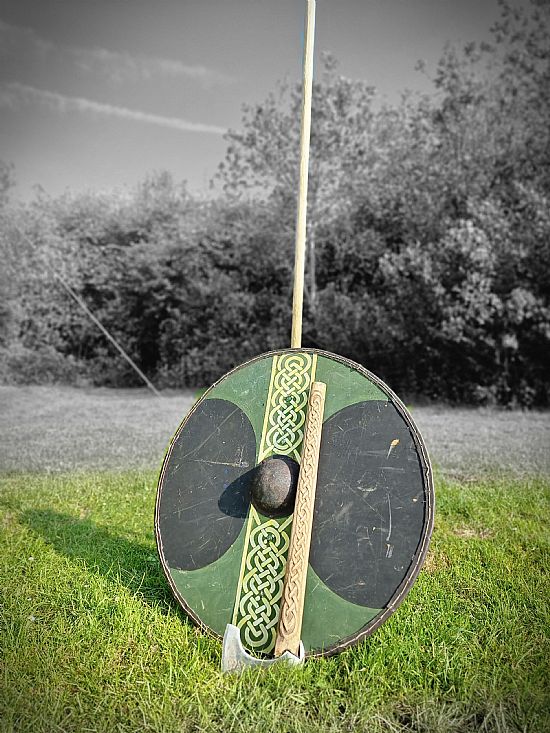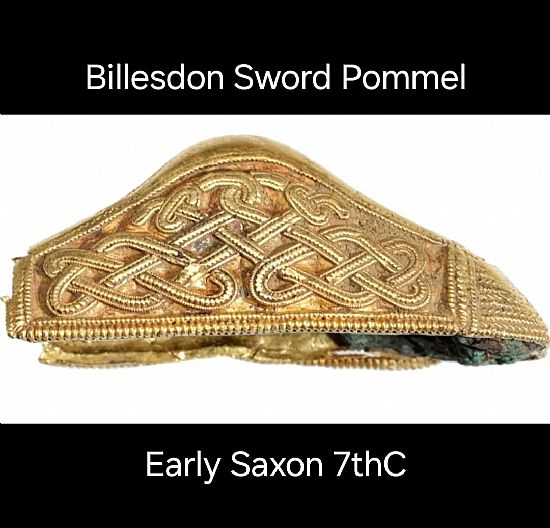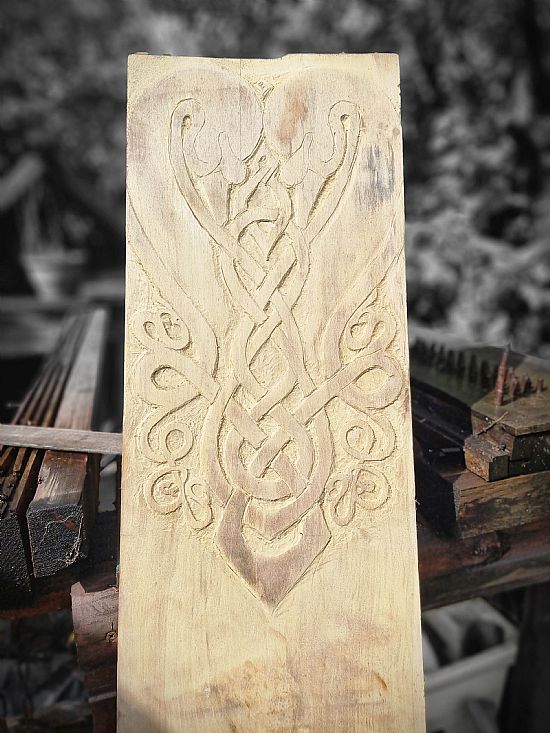Saxon Knotwork
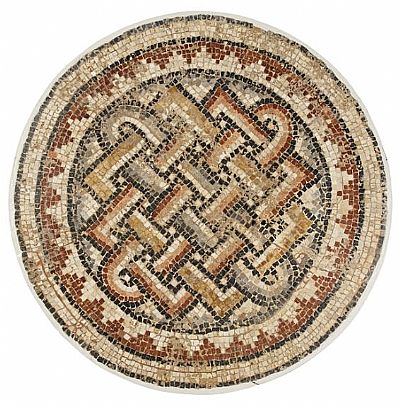
Knotwork is an art style that has been around for a very long time. Pictured above is a detail from a Syrian archeological find, a Roman mosaic floor made in either the 3rd or 4th century.
Knotwork is usually referred to as "Celtic Knotwork", despite it being a style of art that spread across the ancient known world, due to it coming heavily into use by the early "Celtic" church in manuscripts like the Book of Kells and the Lindisfarne Bible.
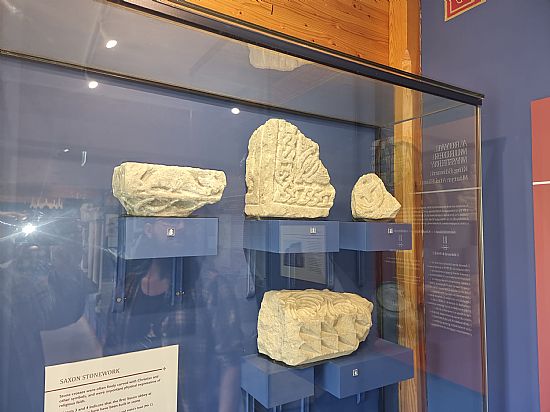
Additionally the carved stones featured above in the museum at Shaftesbury Abbey feature knotwork, and many of the stone crosses used as wayside markers and early christian missionary meeting places featured knotwork carvings.
There are various Scandinavian art forms based around knotwork also, some of which makes its way into patterns etched into weapons and helmets, like the Lokrume Helmet spectacle guard pictured below, along with a reconstrucvtion of how it may have appeared intact as part of the helmet:
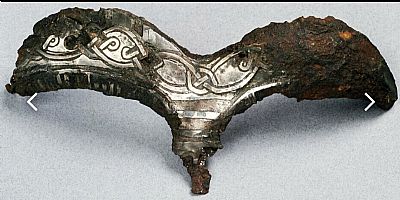
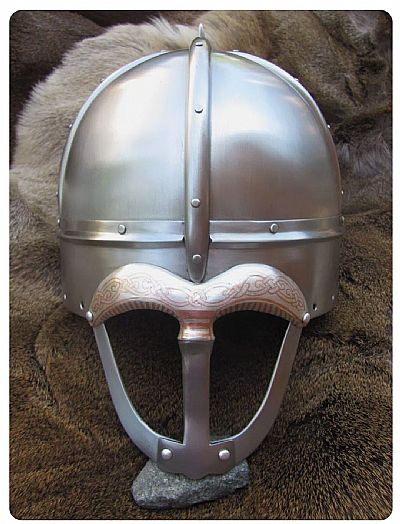
With this evidence of early medieval knotwork use in mind, SÆXIA uses similar means of reenacting the uses of "Saxon" Knotwork, similarly in carvings, etchings into helmets and/or weaponry, and as general decoration as was used for so long in antiquity.
(Below: knotwork carved into a Type C "Skeggox" handle, as used as part of shield reconstruction)
